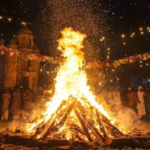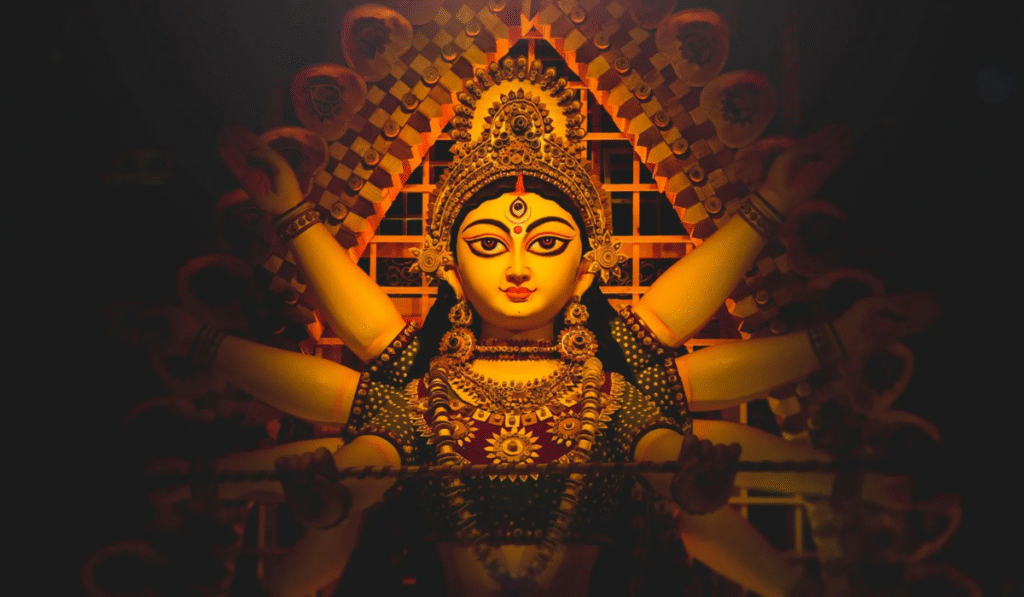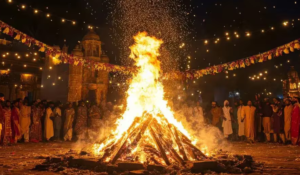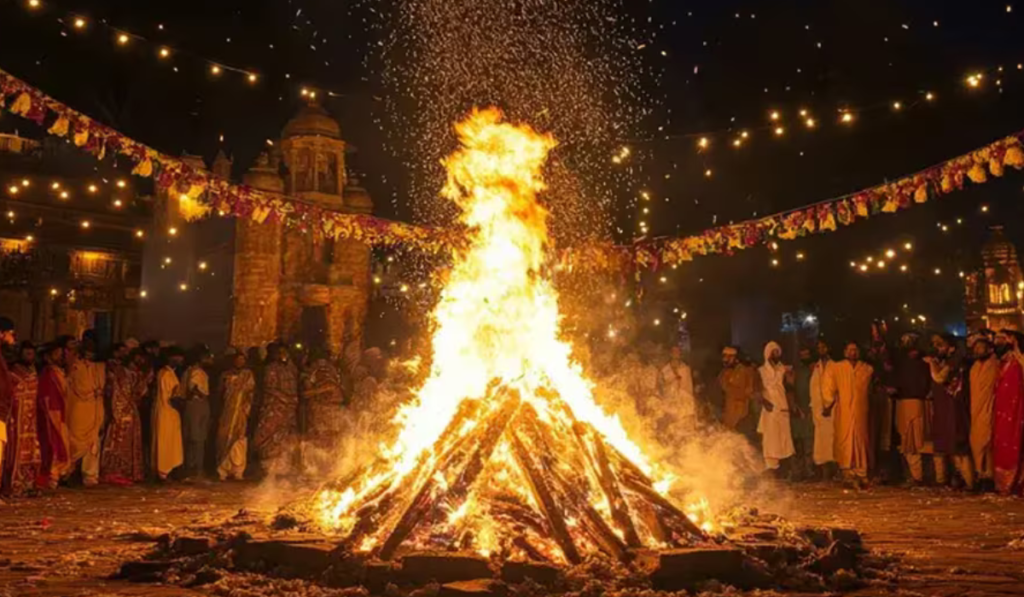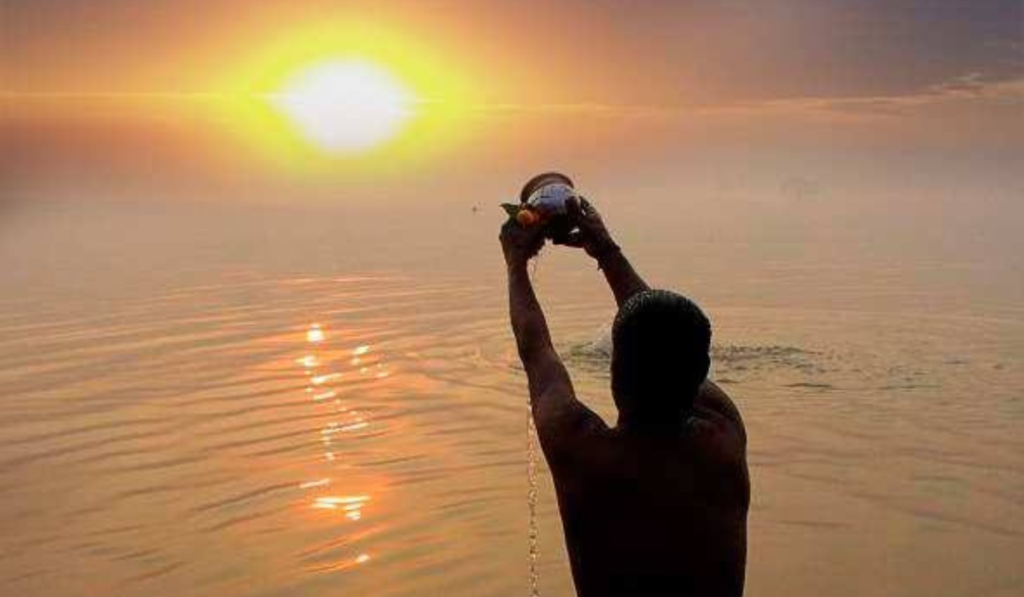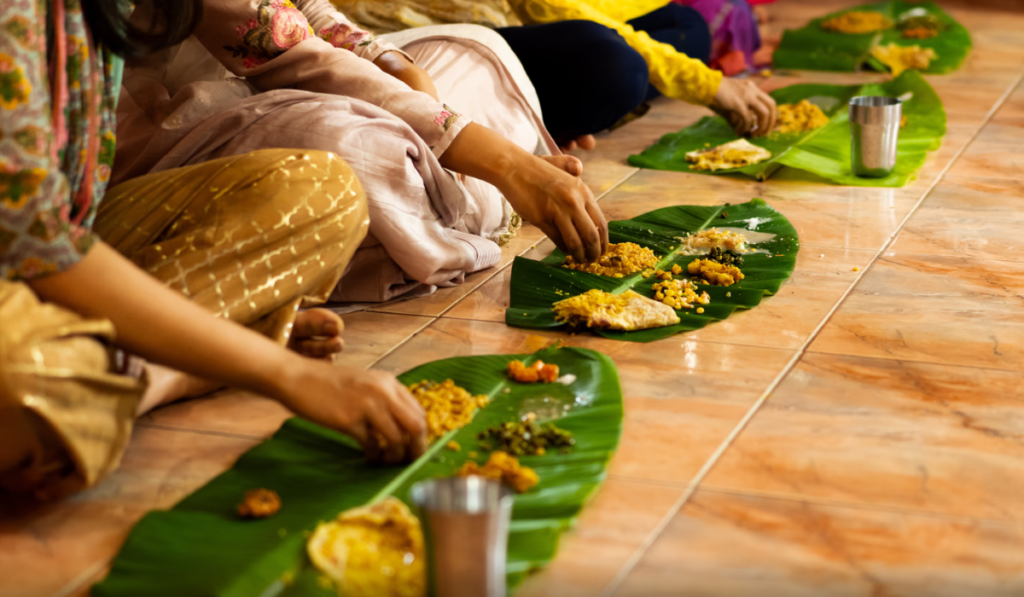Navratri, meaning nine nights, is one of the most celebrated Hindu festivals that honors the divine feminine energy. The true definition of resolve and the power of a woman.
This year, in 2025, Navratri will be observed from September 22 to September 30, marking nine days of devotion, fasting, prayer, music, and cultural festivities. Each day is dedicated to a different form of Maa Durga, representing unique qualities and blessings.
This blog is your complete Navratri guide for 2025. What’s the history, significance, and rituals? Why do Indian women observe fasting? How is Navratri celebrated in different parts of India? And most importantly, why did Maa Durga take nine powerful cosmic forms?
These questions will answer each and every doubt about Navratri. But before that, let’s take a quick overview of Navratri 2025.
Navratri 2025 Overview
When is Navratri 2025 celebrated?
Navratri 2025 will be celebrated from Monday, September 22, to Tuesday, September 30.
Why do we celebrate Navratri?
Navratri symbolizes the victory of good over evil, and the victory of Maa Durga over the cunning demon Mahishasura. This is also the reason why Maa Durga is also referred to as Mahishasura Mardini. It also represents the cyclical nature of time and the renewal of spiritual energy.
Navratri 2025 Dates, Goddesses, and Colors
| Day | Date | Goddess | Auspicious Color |
| Day 1 | Sept 22 | Maa Shailputri | Orange |
| Day 2 | Sept 23 | Maa Brahmacharini | White |
| Day 3 | Sept 24 | Maa Chandraghanta | Red |
| Day 4 | Sept 25 | Maa Kushmanda | Yellow |
| Day 5 | Sept 26 | Maa Skandamata | Green |
| Day 6 | Sept 27 | Maa Katyayani | Grey |
| Day 7 | Sept 28 | Maa Kalaratri | Blue |
| Day 8 | Sept 29 | Maa Mahagauri | Pink |
| Day 9 | Sept 30 | Maa Siddhidatri | Purple |
What is the History and Significance of Navratri?
The origins of Navratri trace back to the battle of Maa Durga and Mahishasura, where Maa fought for nine nights straight and defeated the demon on the tenth day, celebrated as Vijayadashami, we also call that day as Dussehra.
This enormous victory of Maa Durga was magnificent. It signifies the destruction of negativity and the establishment of righteousness. And this victory is celebrated across India, but with each regional twist.
- Gujarat: Famous for Garba and Dandiya nights.
- West Bengal: Known as Durga Puja, with grand pandals and idol immersions.
- South India: Celebrated with Bommai Kolu, which means doll displays.
- North India: Ramleela performances leading to Dussehra.
What are the Navratri Rituals and Traditions?
There are 9 days of Navratri, and each day carries special significance. The rituals are meant to purify the body, mind, and soul. Let’s explore the key traditions that devotees follow during these nine sacred days.
Fasting
In the span of these 9 days, women across India observe fasting, proving the resilience of a feminine resolve. However, fasting requires certain rules that must be followed, or it will be regarded as Khandit.
- Devotees consume satvik food such as fruits, milk, kuttu flour, and singhara flour.
- Onion, garlic, grains, and any kind of sustenance are strictly prohibited because they are considered as tamsik, which means they encourage anger and wrath.
- Fasting is believed to purify and detoxify both the body and mind while drawing closer to divinity.
Puja Vidhi (Step-by-Step)
The puja during Navratri is the heart of the festival. Families come together to worship the murti of Maa Durga with devotion and joy. Those important steps are:
- Placing a sacred kalash with coconut and mango leaves to invite divine presence.
- Lighting an Akhand diya and offering flowers to the Goddess.
- Performing a daily aarti, singing or chanting her praises.
- Reading Durga Chalisa or reciting mantras to seek her guidance.
- Sharing prasad with family and guests, spreading Maa’s ashirwad.
Why Do We Observe Fasting in Navratri?
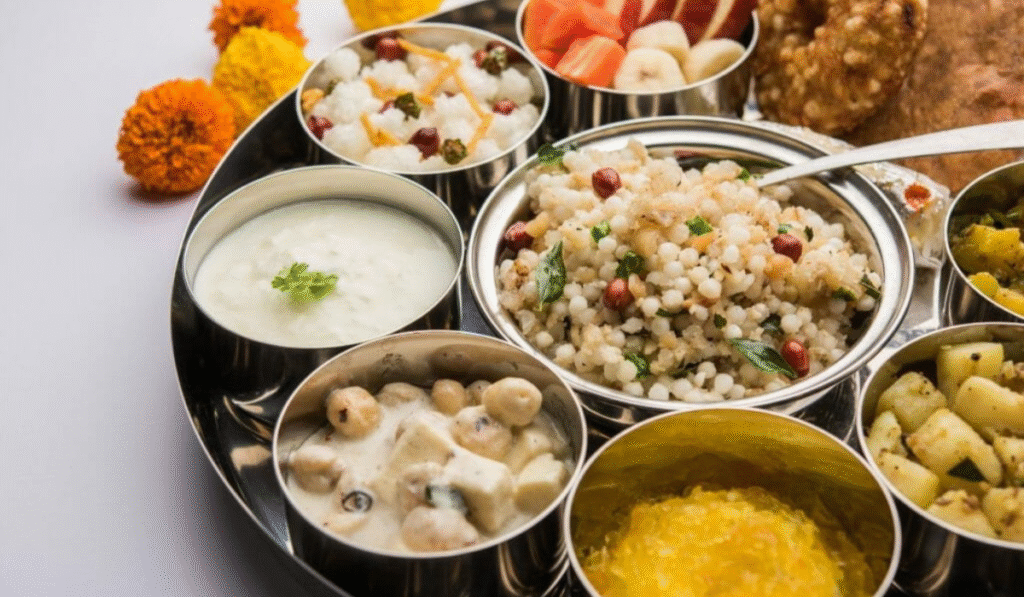
Fasting in Navratri is more than just giving up food; it is a way to offer oneself to Maa Durga. By controlling cravings and maintaining discipline, devotees open their hearts for her ashirwad. Light, nourishing meals keep the body healthy, while the mind stays calm for prayer, hawan, and chanting mantras. It is both a physical and spiritual detox, creating harmony in every aspect of life.
Interestingly, modern science also supports this practice. Studies show that multi-day fasting, around 7–10 days, similar to Navratri’s nine days, can trigger a metabolic switch, moving the body from using glucose to fat and ketones as energy. That’s just the byproduct of devotion and resolve.
Why Do We Worship 9 Devis in Navratri?
Navratri is not just about celebrating Maa Durga, it is about experiencing her in nine different roop. These nine forms, known as the Navadurga, remind us that the Goddess is not limited to one face, she is strength, compassion, wisdom, and protection, all at once and all in one.
Each Devi carries her own message. Maa Shailputri teaches us steadiness, while Maa Kalaratri shows us that darkness can be destroyed by courage. From bhakti to shakti, every day of Navratri brings us closer to understanding life’s deeper lessons.
When we do puja to all nine Devis, we are not just asking for wealth and prosperity. We are inviting Maa’s ashirwad of purity, wisdom, inner shakti, and protection into our lives. By the end of these nine days, a devotee feels spiritually renewed, as if Maa herself has filled the home with light and positivity.
This is why worshipping all nine Devis is so important. Together, they complete the picture of Maa Durga, the Adishakti, the energy that sustains and protects the entire universe.
The Deeper Message of Navratri
When we hear the story of Maa Durga slaying Mahishasura, it feels like a grand tale of good versus evil. But our elders often remind us that Mahishasura is not just an asura in some faraway yudh. He also lives within us, in the form of ahankar (ego), krodh (anger), lobh (greed), and moh (attachments).
Navratri is a time to look inward. Just as Maa Durga fought for nine nights to destroy the demon, we too can use these nine days to fight our inner weaknesses. Every Devi we worship teaches us a step in that journey that is steadiness, purity, courage, compassion, and wisdom.
The true victory of Navratri is not only in dancing Garba, wearing colorful clothes, or preparing delicious prasad, but also when we feel lighter inside, as if Maa herself has removed the burden of negativity from our hearts.
That is why, when we fold our hands in front of Maa and whisper Jai Mata Di, it is not just a prayer, it is a promise to become a little stronger, a little kinder, and a little more like the Goddess we adore and worship.
Conclusion
Navratri 2025 is not just a celebration. It’s a spiritual journey where each day unlocks a new lesson from Maa Durga. We fast, we pray, we sing, we dance, but every roop of Maa has a deeper story waiting to be told.
Do you know why we wear orange on the first day, or why white is chosen for the second? Why is Maa Chandraghanta known for the sound of a divine ghanta that terrifies asuras but soothes her devotees? And why is Maa Kushmanda called the one who created the entire Brahmand with just her smile?
Each color, each murti, each mantra carries its own secret meaning. That is why Navratri is never just nine nights; it is nine steps into Maa’s eternal wisdom. To uncover these mysteries, we’ve created nine special blogs, each dedicated to one Devi of Navratri. In them, you’ll find their unique stories, rituals, symbolism, and blessings.
So, stay tuned to MyFavoriteCorner and get to know the detailed story behind all the devis of Navratri.
Let’s stay connected! Come say hi on Instagram or follow us on Facebook for daily inspo.





